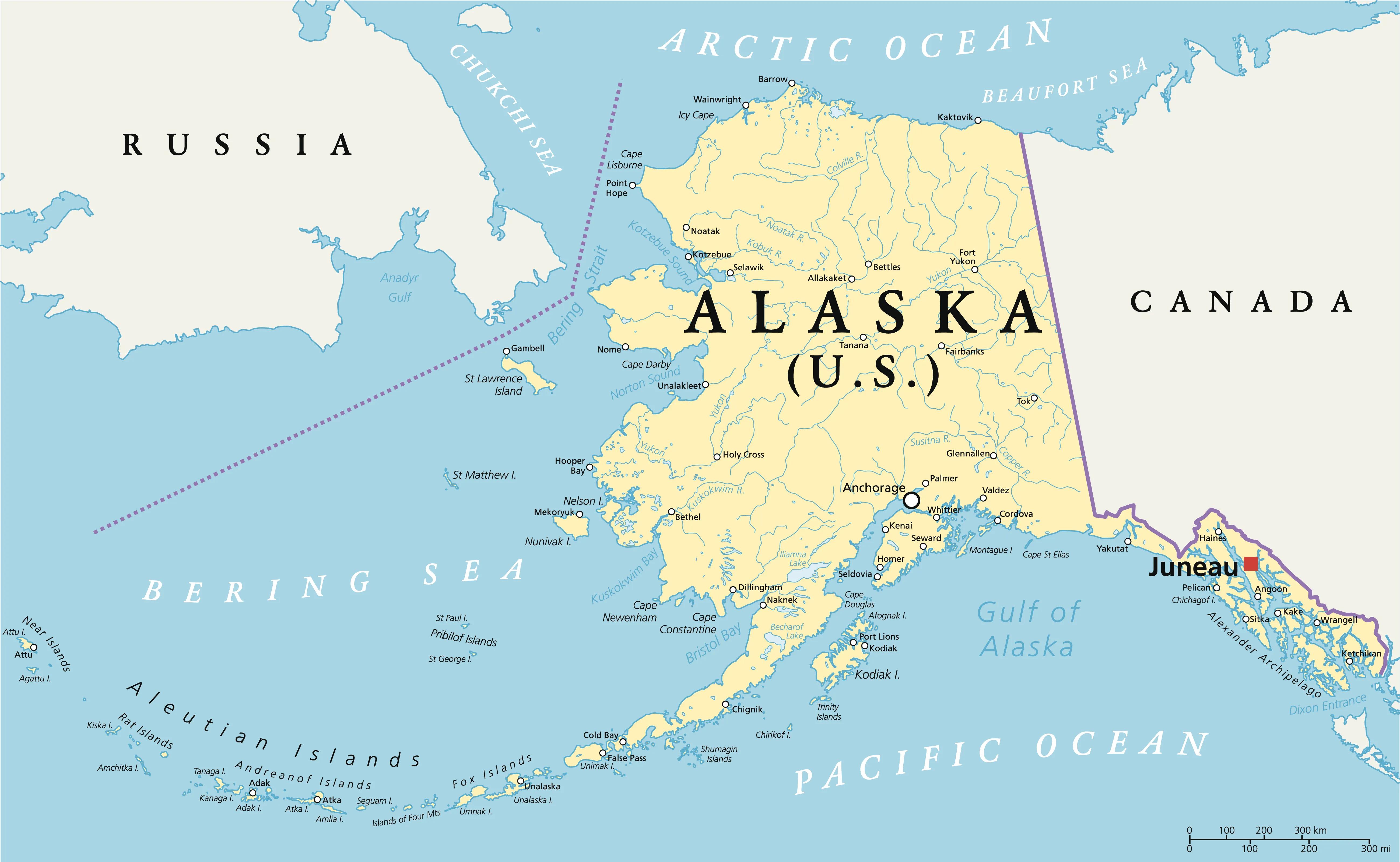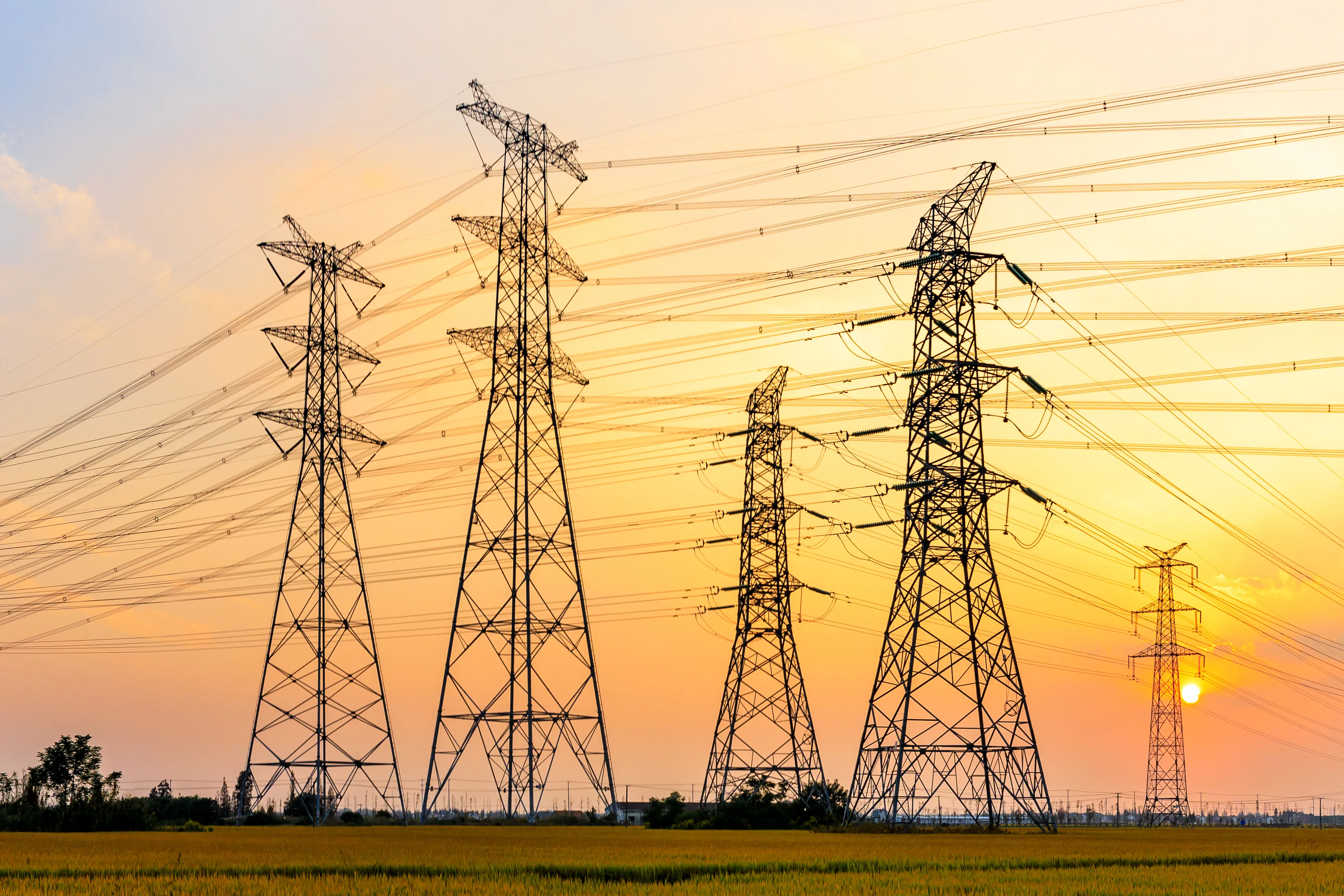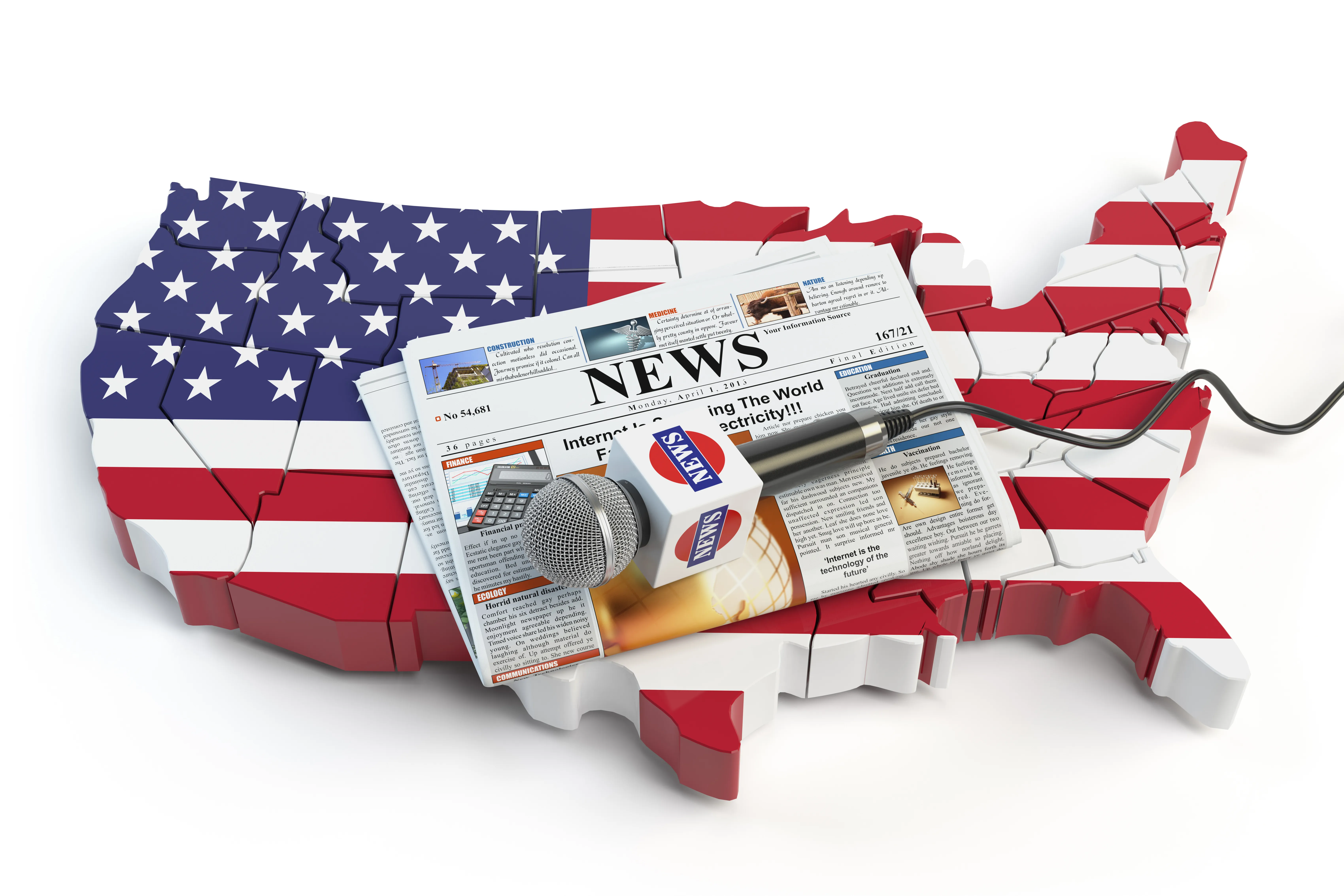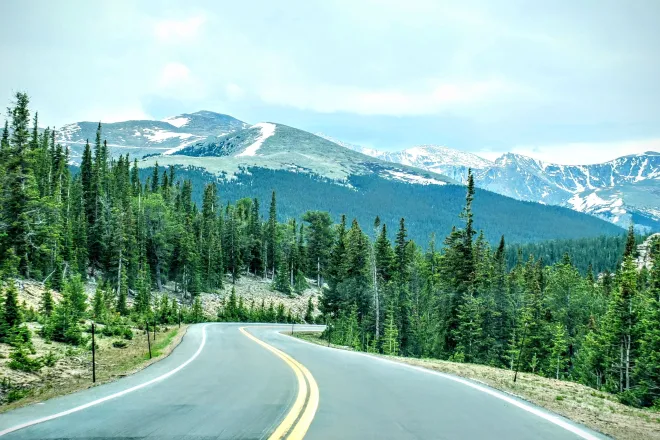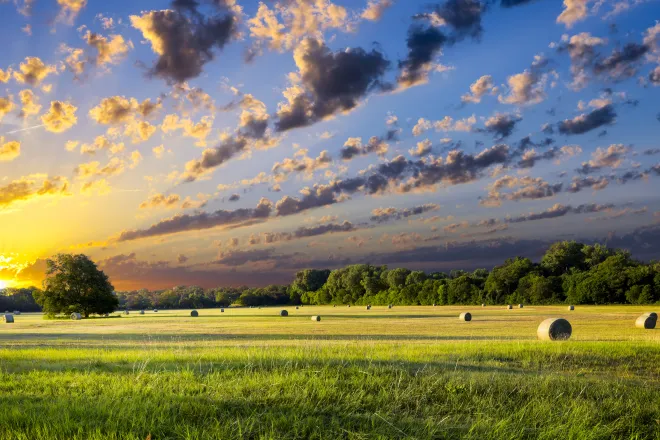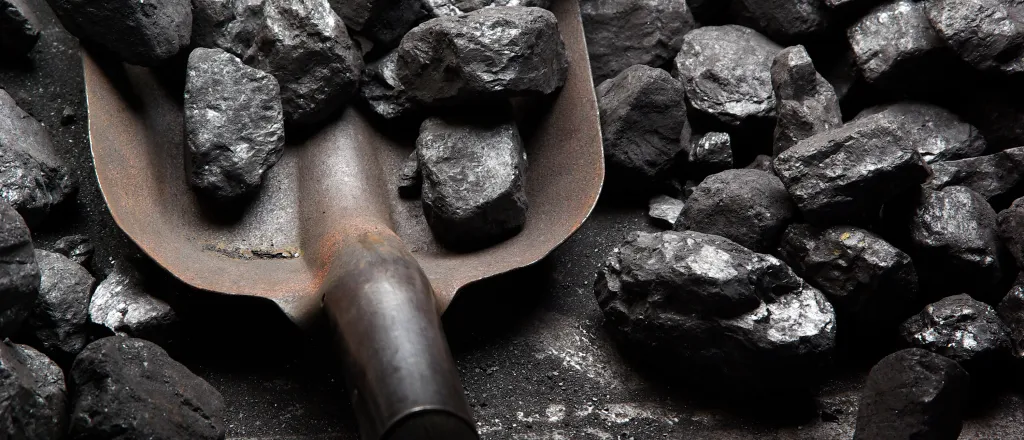
Wyoming awaits EPA decision on updated haze plan
Click play to listen to this article.
(Wyoming News Service) Wyoming is one of several states currently updating its plan to address regional haze, but local environmental groups say its plan isn't enough.
More than two decades ago, the Environmental Protection Agency created the Regional Haze Rule to improve air quality in designated areas including national parks by reducing haze, or the cocktail of air pollution that limits visibility. Poor air quality has reduced average visibility in the West by up to 100 miles, according to the EPA, and the effects of that pollution can be far from its sources.
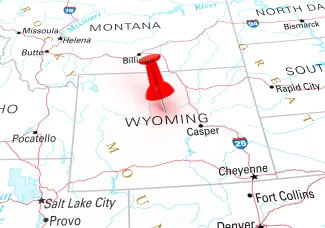
Shannon Anderson, staff attorney for the Powder River Basin Resource Council, said Wyoming's coal plants are big polluters.
"And a lot of these coal plants operate uncontrolled for pollution that impacts public health," she said, "in addition to impacting national parks."
Wyoming is in EPA Region 8, where 75 percent of haze pollution comes from fossil-fuel power generation, according to the National Parks Conservation Association. It's also where seven of the country's top 50 biggest haze polluters are located. The Jim Bridger coal plant in Sweetwater County, the third highest polluter, released a plan last month to extend its operations until 2039.
Rob Joyce, director of the Wyoming chapter of the Sierra Club, said he's advocating for the EPA to give the Regional Haze Rule more teeth.
"If the market changes in a couple of years, or if politics change," he said, "I wouldn't be so sure that what's in the plan today is going to be in the plan tomorrow."
The EPA is expected to make a decision on Wyoming's proposal this summer.

